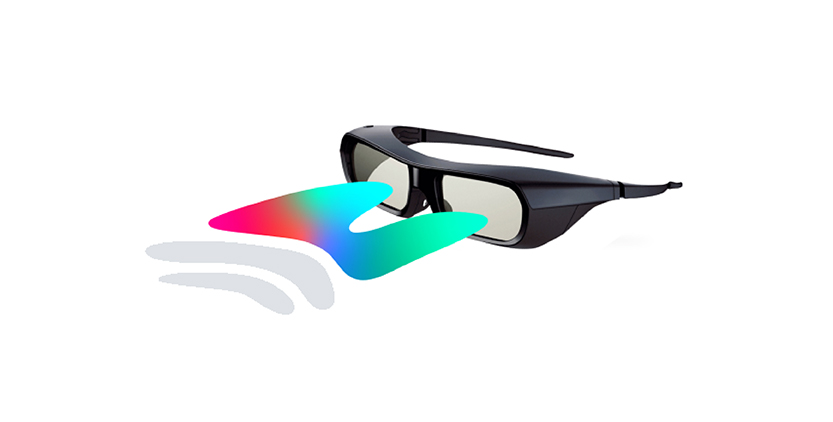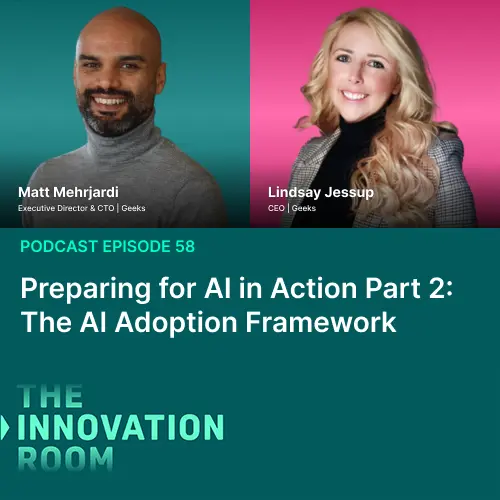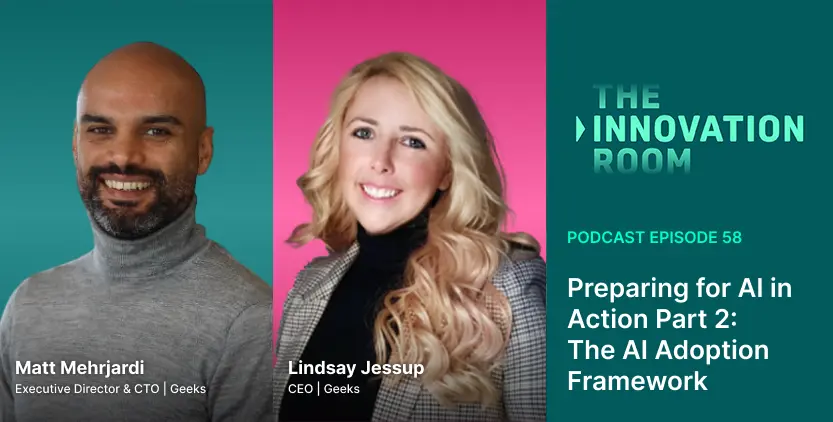
5 ways to win at system design
Many factors play a part in the success or failure of enterprise digital systems. Design is certainly one of the most important ones, and it is by no means simple. SMEs and scale-ups can easily get lost in the design process and lose sight of the right priorities. That is why it’s vital that you have a clear understanding of the most important steps when you are designing your product.
We will go through the 5 key steps to guarantee your digital system won't fail.
1. Find your North Star
Designing a system without clear objectives in mind trying to hit a bullseye, whilst blindfolded. Regardless of the nature of the system you are designing, you must be completely aware of what you are aiming for and have the tools to objectively measure how successful you are at achieving your goals. One way to do this is by setting a ‘North Star’ metric.
In order to qualify as a North Star, a metric must meet three conditions:
-
Lead to revenue,
-
Reflect the value yielded to customers,
-
And measure progress.
Coming up with the right North Star for your business will help you design features to move the metric in the right direction. It will also guide your steps and allow you to prioritise.

2. Unite your brightest minds
A successful digital system doesn't materialise without a skilled, motivated team. As a designer, your role extends beyond crafting concepts; it involves collaborating with individuals who possess a deep understanding of your business dynamics and industry requirements, and the enthusiasm to deliver them.
By engaging these bright minds, you can rest easy knowing that the development of your system is in safe hands and everyone on the team shares your core values.Involving the right people also means identifying individuals who support your cause and encourage others to do the same. You can’t really be sure that everyone will come to view your digital product as you do or as you intend it to be viewed. Having people from all levels who publicly advocate for your system is a great way to ensure everyone will be on board once your product is launched.

3. Harness user perspectives
You may be unspeakably enthusiastic about your product, you may even have grand visions and revolutionary ideas. Ultimately, every system is made to meet the needs of certain groups of people, and that is exactly why it is crucial to always keep in mind the perspectives of your users.
Creating different user personas is the place to start. All the features that you incorporate into your system must be designed according to their needs and expectations. As the design process continues, you can go back to the user personas you have chosen in order to make sure everything is in line.

4. Visualise your vision
Not too long ago, system specifications were communicated to stakeholders and other relevant people in written format. Even though written specifications can be meticulously detailed, they suffer from a major drawback: they are still written.
No matter how effectively and regularly the development team communicates with the stakeholders, different groups are bound to have different mental images of the system being produced simply because written requirements leave a lot of room for imagination.
There is a simple and cost-effective solution to this problem: low-fidelity wireframes which capture functional design, interaction design, and information architecture. These prototypes provide insight into what a system does, how users do those things, and how the users find the things they need to do. As the design process goes on, the developers can create high-fidelity mockups to offer even more accuracy.

5. Test. Test. Test.
The importance of testing cannot be overstated. During the process of design, you must make sure to test every aspect of your system. By regularly testing your digital system, you can identify problems at an early stage and ultimately prevent costly mistakes.
Another big benefit is that testing can help you uncover gaps in the system and discover things that you don’t know you don’t know. The value of this approach is as much about validating what works as it is about revealing what doesn’t.
As for how to approach this step, there is no sure-fire recipe. However, it is vital that the product is tested both by experts not involved in designing the system and by prospective customers (user personas). The first method is called a cognitive walkthrough, and the second one is known as usability testing (this should be done with at least five people, which can result in the detection of most issues).

Designing a system can be as arduous as it is enjoyable.
There are, however, steps you can take and strategies you can employ to stay on top of the process and lower the risk of failure. At Geeks, we design custom systems for our clients with their best interests in mind. Our team spares no effort in coming up with software that best fits the SMEs’ goals, needs, and business models.










